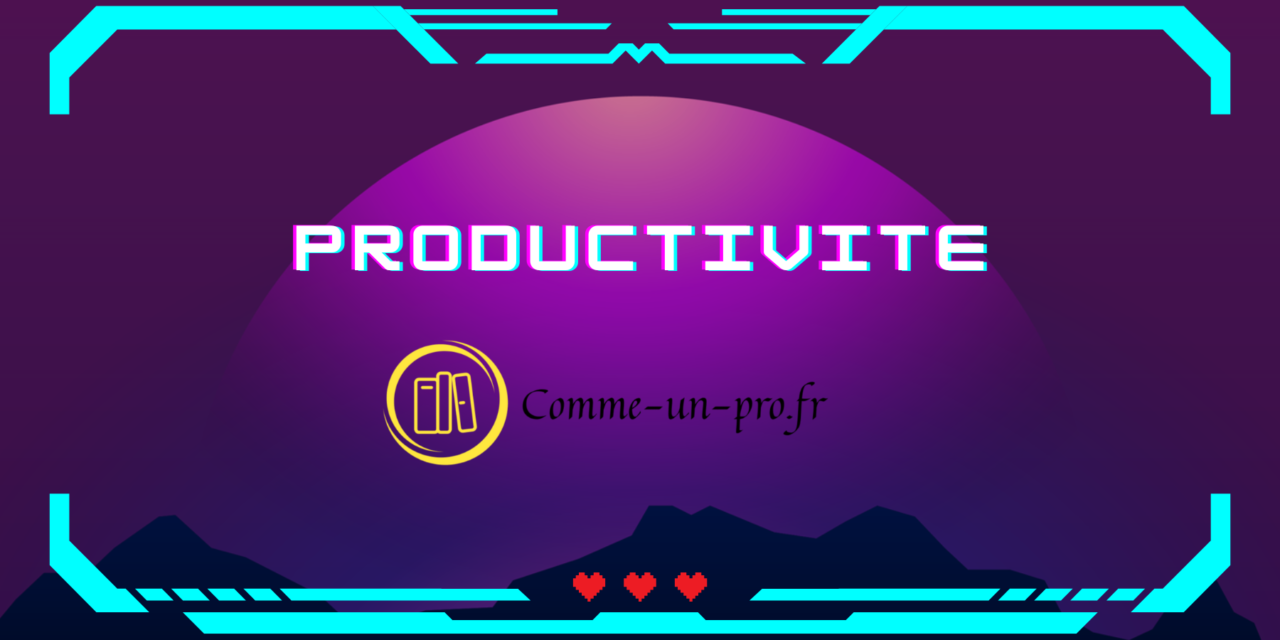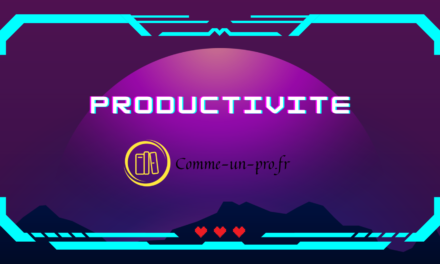Introduction to Statistical Learning in the Field of Connected Objects
In a constantly evolving world, connected objects have established themselves as essential elements of our daily lives. These devices, which are an integral part of the Internet of Things (IoT), are capable of collecting, processing and transmitting data autonomously. In this context, statistical learning proves to be a valuable tool, allowing the analysis and interpretation of the vast quantities of data generated.
In this training, you will explore the fundamentals of statistical learning applied to connected objects. You will cover key concepts such as data collection, learning algorithms and analysis techniques, which are essential to understanding how these intelligent devices operate and interact with their environment.
We will also highlight the advantages and challenges associated with the integration of statistical learning in the field of connected objects, thus offering a balanced and nuanced perspective on this current topic.
Thus, by going through this training, readers will gain an in-depth understanding of the fundamental principles underlying the intersection of these two dynamic technology areas.
Deepening Statistical Methods in IoT
Dive deeper into the nuances of applying statistical methods to connected objects. It is imperative to note that analyzing data from these devices requires a multi-dimensional approach, encompassing both statistical skills and a deep understanding of IoT technologies.
You will explore topics such as classification, regression and clustering, which are commonly used techniques to extract valuable information from collected data. Additionally, specific challenges encountered when analyzing high-dimensional data are discussed, and how to overcome them using advanced statistical methods.
In addition, real case studies are also highlighted, illustrating how companies and organizations use statistical learning to optimize the performance of their connected objects, improve operational efficiency and create new business opportunities.
In sum, several chapters of the training aim to provide readers with a comprehensive and nuanced view of the practical applications of statistical learning in the field of connected objects, while highlighting the current and future trends shaping this dynamic sector.
Future Perspectives and Innovations in the Field of Connected Objects
It is essential to look to the future and consider potential innovations that could shape the connected objects landscape. In this part of the training, you will focus on emerging trends and technological advances that promise to revolutionize the way we interact with the world around us.
First, you will examine the implications of integrating artificial intelligence (AI) and machine learning into IoT systems. This merger promises to create more intelligent and autonomous devices, capable of making informed decisions without human intervention. You will also discuss the ethical and security challenges this could create.
Next, you will explore the opportunities that blockchain technologies could offer in this area, particularly in terms of data security and transparency. You will also consider the potential impact of the Internet of Things on the smart cities of the future, where ubiquitous connectivity could facilitate more efficient resource management and a better quality of life for all.
In conclusion, this section of the training aspires to broaden your horizon by introducing you to exciting future prospects and potential innovations in the field of connected objects. By keeping an eye on the future, we can better prepare and adapt our strategies to make the most of the opportunities that present themselves.



